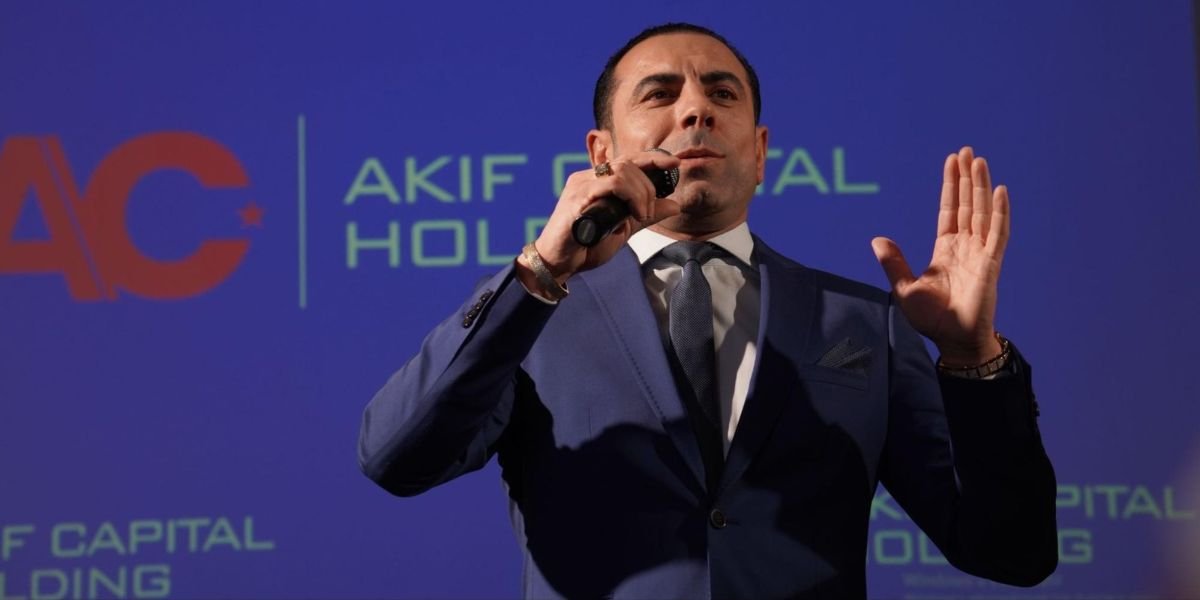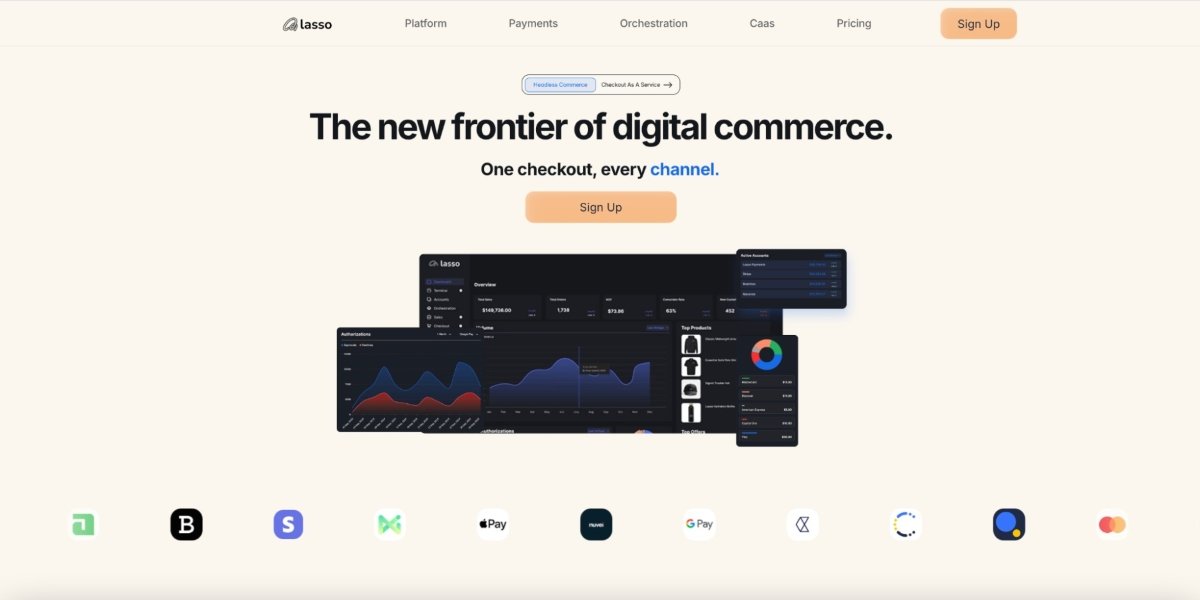Creating a market-changing innovation represents only the beginning of the journey. The real challenge emerges when competitors notice the success and begin replicating the strategy. Continuous innovation provides the solution—not as a one-time initiative but as an ongoing discipline that keeps businesses evolving faster than imitators can copy. This approach recognizes that competitive advantage today may become common practice tomorrow, requiring constant reinvention to maintain leadership.
Read also: Gut Health and Summer Wellness: How Fermented Foods Support Immunity
Building an Innovation Rhythm Into Operations
Organizations that sustain market leadership treat innovation as a predictable process rather than random inspiration. They establish regular cycles for evaluating customer needs, testing new concepts, and refining offerings. This rhythm might include quarterly innovation sprints, annual strategy refreshes, or continuous feedback loops with frontline teams. The key lies in making innovation systematic rather than sporadic.
These companies develop structures to support constant evolution—dedicated cross-functional teams, innovation budgets separate from operational funds, and clear processes for moving ideas from concept to implementation. They measure innovation efforts with the same rigor as financial performance, tracking metrics like percentage of revenue from new offerings or time from idea to market. This operationalization prevents complacency from setting in after initial success.
Anticipating the Copycat Curve
Every innovation follows a predictable lifecycle—from initial breakthrough to widespread adoption to eventual commoditization. Continuous innovators track this curve closely, recognizing when their differentiating factors are becoming industry standards. They begin working on the next evolution before competitors fully catch up, maintaining what strategists call a “moving target” advantage.
This forward-looking approach requires monitoring both direct competitors and adjacent industries for emerging trends. It involves asking uncomfortable questions: Which parts of our value proposition could be easily replicated? What customer needs are we still not addressing? Where might disruption come from outside our traditional competitive set? By mapping the copycat curve for each innovation, businesses can time their next moves strategically.
Cultivating Deep Customer Insight as Fuel
Sustainable innovation springs from profound understanding of customer behaviors, frustrations, and aspirations—both stated and unstated. Companies that continuously innovate invest disproportionately in customer insight mechanisms. They go beyond traditional surveys to observational research, ethnographic studies, and real-world usage data that reveal how needs evolve over time.
These organizations develop the discipline of “listening at scale”—creating systems to capture and analyze customer feedback from every touchpoint. They identify patterns in support inquiries, monitor how different segments use products differently, and track emerging workarounds that signal unmet needs. This rich understanding allows them to spot opportunities for improvement before customers explicitly demand them.
Creating a Culture That Reinvents Itself
The most powerful continuous innovation comes from organizational cultures that embrace constructive discomfort. Employees in these companies learn to challenge their own assumptions and question longstanding practices. Leadership encourages measured risk-taking and views intelligent failures as learning opportunities rather than causes for punishment.
This cultural foundation proves more valuable than any single innovation. When teams internalize that today’s success formula will need tomorrow’s revision, they develop the adaptive mindset required for long-term market leadership. They celebrate innovation contributions at all levels, recognizing that breakthrough ideas can come from unexpected sources. The result is an organization that doesn’t just respond to change but consistently drives it.
The discipline of continuous innovation recognizes that market leadership is never permanently secured—it must be continually re-earned. By building innovation into operations, anticipating imitation cycles, staying deeply connected to customer evolution, and fostering adaptive cultures, businesses can maintain their ability to shape markets rather than just react to them. In competitive landscapes, the most sustainable advantage comes not from any single innovation but from the ability to keep innovating.
Read also: The Science Behind Why Some Entertainment Goes Viral











